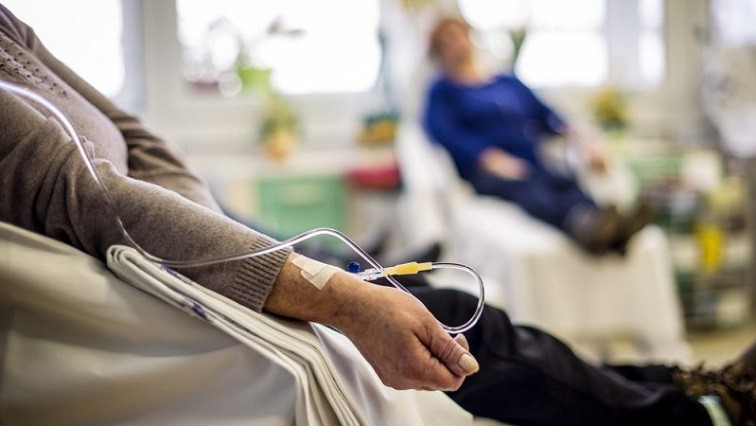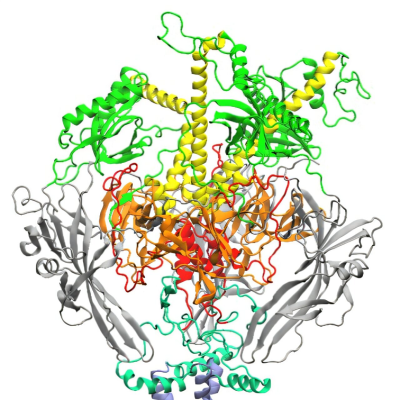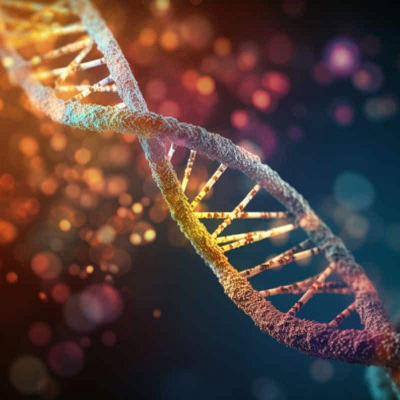Now, world first research conducted by the University of South Australia has identified that the frequently used chemotherapy drug (5-FU or Fluorouracil) is 100 per cent more effective at targeting tumours (rather than surrounding tissues) when administered using an optimised liposomal formulation.
Using a minimally invasive sampling technique known as micro-dialysis this is the first time that the biodistribution of 5-FU liposome formulations has been quantified in this way – something that could not be achieved as effectively using current imaging approaches.
In Australia, about 150,000 new cases of cancer are diagnosed each year. It is a leading cause of death worldwide accounting for nearly 10 million deaths a year (nearly one in six deaths).
Chemotherapy is regularly used to treat many cancers, with 5-FU being an important drug used in treatment. Side effects of this drug can include nausea and vomiting, fatigue, hair loss, diarrhoea or constipation, weight fluctuations, frequent infections, and mouth sores.
Lead researcher and co-Director at UniSA’s Centre for Pharmaceutical Innovation, Professor Clive Prestidge, says the discovery could change the way chemotherapy is administered, providing a better quality of life for thousands of cancer patients.
“Chemotherapy is regularly administered to treat many different types of cancers, including breast and colon cancers, but one of the major setbacks of 5-FU is that it does not distribute well to tumour issues and can cause high levels of off-target damage,” Prof Prestidge says.
“As a result, many patients suffer adverse effects and can get very sick during treatment.
“Liposomal formulations present great opportunities for safer and more effective cancer medications because they prolong the retention of encapsulated drugs and can better target tumours. But optimising them for chemotherapy drugs has always proved challenging.
“Our micro-dialysis approach is the first to quantify how liposomal-specific delivery of 5-FU can reduce tumour growth with fewer toxic side effects, so it has the potential to dramatically transform many cancer treatments and deliver better outcomes for people with cancer.”
Read the original article on University of South Australia (UniSA).







